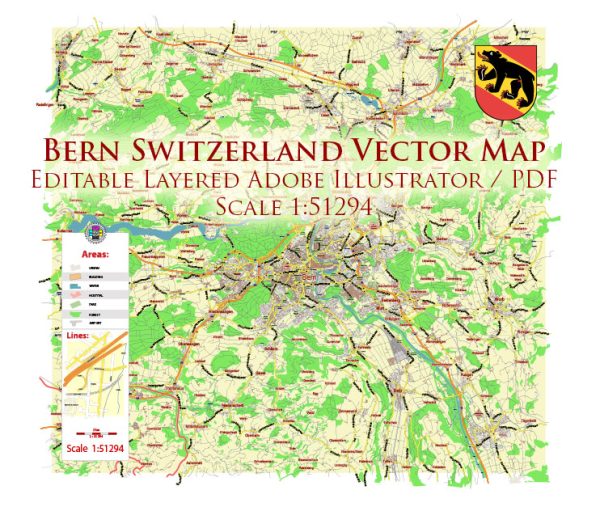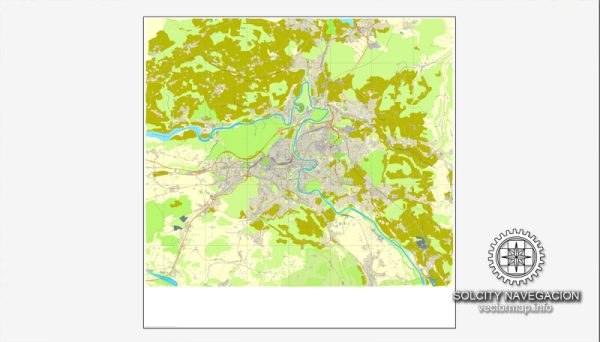Bern, the capital city of Switzerland, has a rich and fascinating history that dates back over eight centuries. Here is a brief description of the history of Bern:
- Foundation: Bern was founded in 1191 by Berthold V, Duke of Zähringen, who named the city after a bear he had killed. The bear has since become a symbol of the city, and bears can be seen in the city’s coat of arms and on its flag.
- Medieval Origins: In the 13th century, Bern grew into a prosperous medieval town. The city joined the Swiss Confederation in 1353, becoming the eighth member, and this marked the beginning of its significance as a political and administrative center.
- Reformation: In the 16th century, Bern embraced the Protestant Reformation led by figures like Ulrich Zwingli and John Calvin. This religious transformation had a profound influence on the city and the surrounding region.
- Growth and Prosperity: Throughout the Middle Ages, Bern prospered as a center for trade, politics, and culture. The city’s well-preserved medieval old town is now a UNESCO World Heritage Site and showcases its historical architecture.
- Helvetic Republic: In 1798, the city became the capital of the Helvetic Republic, a French satellite state, during the Napoleonic era. It was during this time that Bern experienced significant political and social changes.
- Modern Era: After the fall of Napoleon, Bern became the capital of the newly established Swiss Confederation in 1848. It has retained this status ever since.
- 20th Century: In the 20th century, Bern continued to grow and develop as a political and cultural center. The Swiss Federal Palace, the seat of the Swiss federal government, was completed in 1902 and stands as one of the city’s most iconic landmarks.
- Contemporary Bern: Today, Bern is a vibrant and diverse city that retains its historic charm while embracing modernity. It is known for its high quality of life, strong economy, and its role as a hub for diplomacy and international organizations.
Bern is not only a city of historical significance but also a place of great cultural value, home to various museums, theaters, and events. It’s a city that has successfully blended its rich history with contemporary life, making it a popular destination for tourists and a center for political and administrative activities in Switzerland.





 Author: Kirill Shrayber, Ph.D.
Author: Kirill Shrayber, Ph.D.